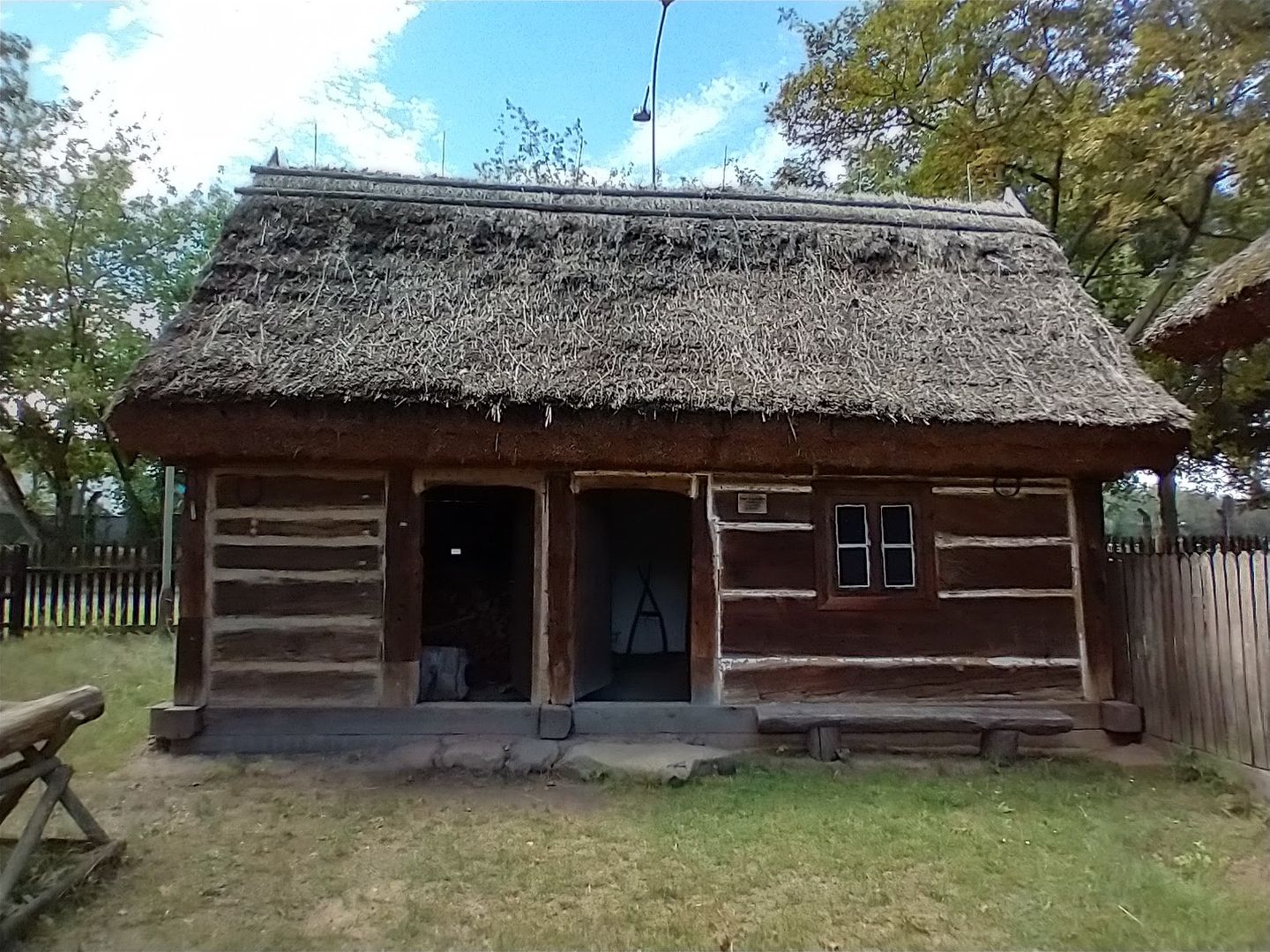Open-Air Museum of Folk Architecture of Western Greater Poland
6.53

Overview
The Open-Air Museum of Folk Architecture of Western Greater Poland, located in Wolsztyn, is an open-air museum that showcases the folk architecture of the Greater Poland-Lubusz border region. It was established after long-term preparations that began in 1976, and the 3.5-hectare museum site conveys the rich history of local culture. The facility, opened in 1986, features 13 large buildings that have been carefully restored and furnished with original equipment. Among the most important structures are the farmhand's cottage from Tuchorza, the barn from Solec, the inn from 1706, and the farmstead from Reklin dating back to the mid-19th century. The museum illustrates the spatial layout of a multi-road village and highlights the influence of the Dutch settlers (Olędrzy), who significantly transformed the local landscape. It is worth noting the reconstructed blacksmith's forge from Ziemin, the stable with a coach house from Szarki, and the post windmill from Wroniaw. These elements reflect traditional construction techniques and the lifestyle of the region's inhabitants. Situated on the shore of Lake Wolsztyńskie, the museum not only impresses with its architecture but also with its scenic values, and its terraced layout allows visitors to enjoy views of the surrounding area. Various outdoor events are organized on the premises, making it an active cultural venue. An interesting fact is the presence of a 20th-century steam sawmill from Wolsztyn, donated by Stanisław Musioł, which underscores the museum's role as a place for preserving and presenting local heritage.
Location
2025 Wizytor | All Rights Reserved